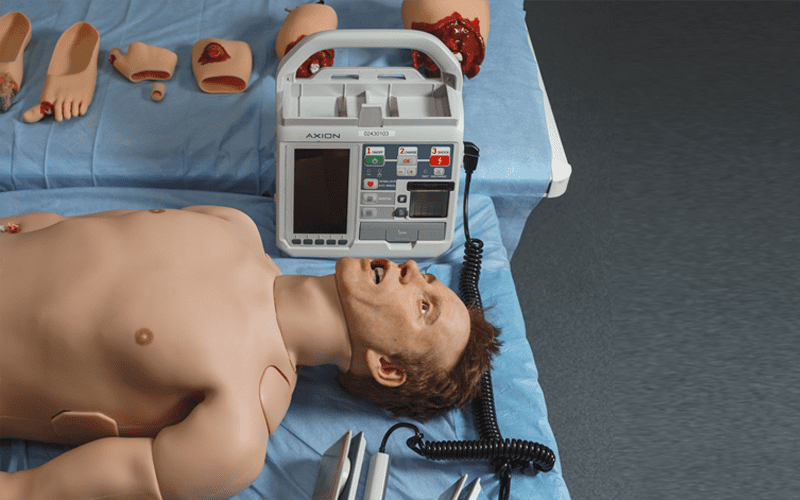Unveiling the Virtual Anatomy Dissection Table- A Journey through the Digital Realm of Anatomy
In the ever-evolving landscape of medical education, innovation stands as a beacon, guiding both students and educators toward enhanced learning experiences. Among the myriad advancements, the Anatomy Table emerges as a revolutionary tool, transcending traditional methods and propelling anatomical exploration into the digital realm. Picture this a sleek, state-of-the-art table adorned with a high-definition touchscreen interface, beckoning curious minds to embark on a journey through the intricate landscape of the human body. No scalpels or formaldehyde-tinged specimens here. Instead, students are invited to delve into a meticulously crafted virtual environment where anatomy comes to life with unparalleled vividness. Gone are the days of static textbooks and two-dimensional illustrations. The Virtual Anatomy Dissection Table offers an immersive, interactive experience that transcends the confines of traditional learning. With a simple swipe of a finger, users can peel back layer
